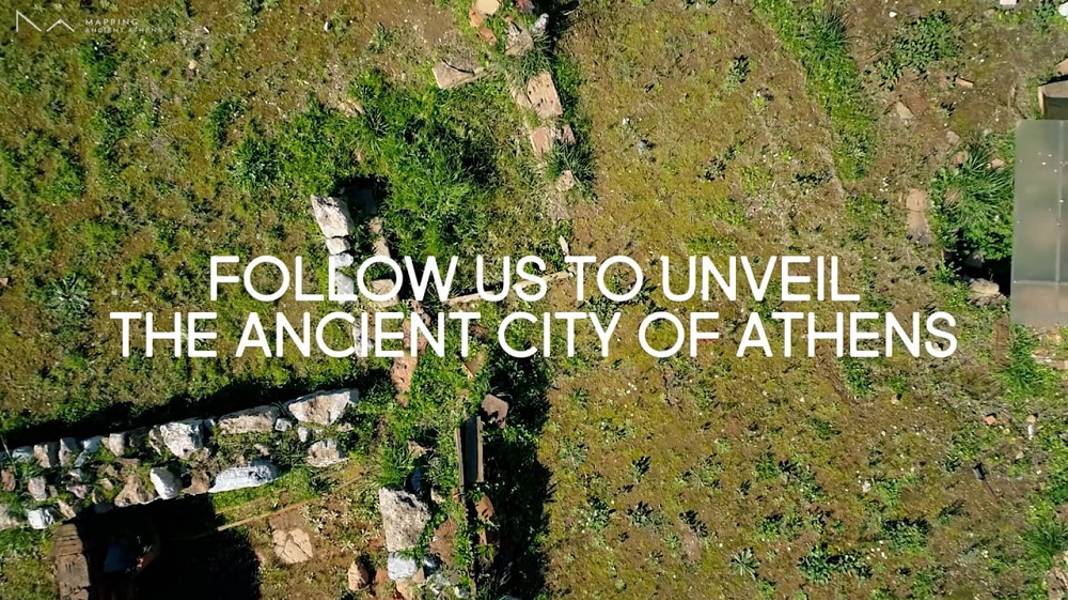
A map of the Athens that lies beneath
What’s not immediately apparent is that, once upon a time, there were other cities here, cities that bustled with an urban life that looked completely different from the one we know today. Whether you feel it or not, you are standing on top of history.
Beneath the steady rush of cars on Amalias Avenue are traces of a different time. Around the 3rd century AD, life flowed at a much slower pace here at Roman baths that stood outside the city walls, harnessing the abundant waters of the Iridanos river. A little further along, beneath the space now occupied by the courtyard of the Hellenic Parliament, once stood four villas or private philosophical schools and, a bit further still, a 6th-century-BCE water main.
With every step you take in Central Athens, you’re traversing thousands of years of history, but it’s easy to forget this in everyday life. A new online map platform is here to remind us and to fill in the missing pieces, to bring to the surface the unseen cities hiding beneath the modern city—beyond the visible reminders of the past like the Acropolis and the ancient Agora.
The online map created by the nonprofit Dipylon gathers, for the first time ever, more than 1,400 archeological sites and monuments in a single platform. They include the findings from excavations carried out in Athens over the last 160 years, from major rescue excavations for public projects to hundreds of smaller digs on private property.
Through the map, which covers approximately 6,700 acres from Parliament to Petralona and from Metaxourgeio to Mets, anyone can explore ancient Athens and learn more about its history throughout 11 different periods, from the Neolithic period to the Ottoman era. Users can also discover funerary monuments, pottery kilns, workshops, houses, cisterns, and remnants of walls in the most unexpected places, like under a four-floor apartment building or a schoolyard.
The map represents a labor of love by its creators. Four friends, three archaeologists and one cartographer, decided to do what no one had done before: to map the ancient remains of Athens and show the connections between them, as well as the evolution of the city.
“The map helps you understand the city, to see the big picture,” explains Dipylon founding member Annita Theocharaki. “To understand that outside the walls were the cemeteries, workshops, and ceramic kilns, but also the public baths, while, inside the walls, clustered in dense residential nuclei, were people’s houses and many small shrines.”
It was this simple yet challenging idea that drew the Stavros Niarchos Foundation (SNF) to support the project. The appeal was not only the endeavor’s historic and cultural value, or the dedication and passion of the Dipylon team, but also the project’s potential reach. It is a useful tool for researchers and professionals, tourists, students, and anyone interested in the history of the city alike.
“Identifying even the slightest excavation find on the map helps us connect it to all of the rest,” says Theocharaki, “and perhaps better understand its meaning in space and time.”